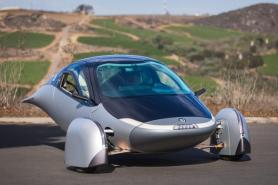
The company said Tuesday it completed the construction of its new plant in Cartersville, Georgia, last month, capable of generating 3.3 gigawatts of solar modules annually.
Together with its plant in Dalton, Georgia, Hanwha now has a total annual capacity of 8.4 gigawatts in the U.S., sufficient to power about 1.3 million households for a year.
In addition to modules, Hanwha aims to begin commercial production of ingots, wafers and cells at the Cartersville plant in 2025, making it the sole Korean firm to manufacture all essential components necessary for solar energy production in North America.
This new factory is expected to increase tax credits the company will receive from the U.S. government under the Inflation Reduction Act (IRA).
Hanwha anticipates additional tax credits of $140 million if it produces two gigawatts of modules at the Cartersville factory this year. Benefits are projected to reach 1 trillion won ($732.6 million) starting in 2025 when it produces ingots, wafers, cells, and modules in the U.S.
"We will strengthen our leading position in major strategic markets, including the U.S. by increasing manufacturing capacity and expanding our renewable energy business area," said Hanwha Q Cells CEO Lee Koo-yung.
Copyright ⓒ Aju Press All rights reserved.



![[K-Tech] Hanwha Q Cells joins US petition to curb solar panel imports from Chinese-controlled firms](https://image.ajunews.com/content/image/2025/07/18/20250718110410353245_278_163.png)
